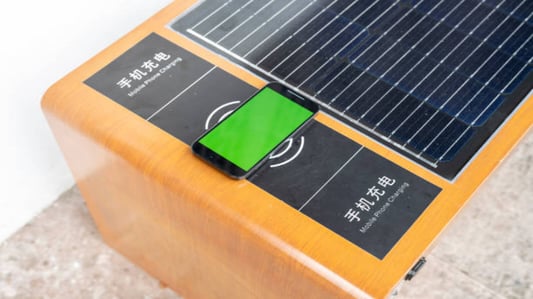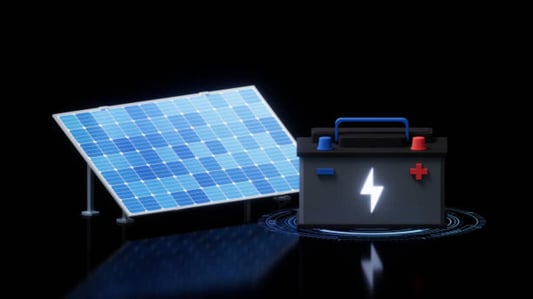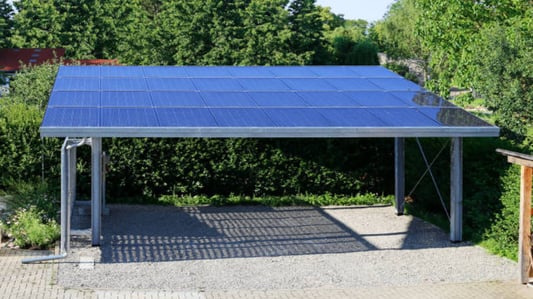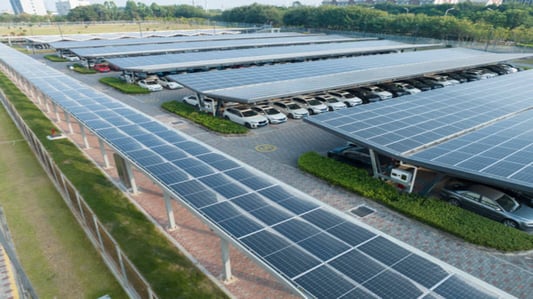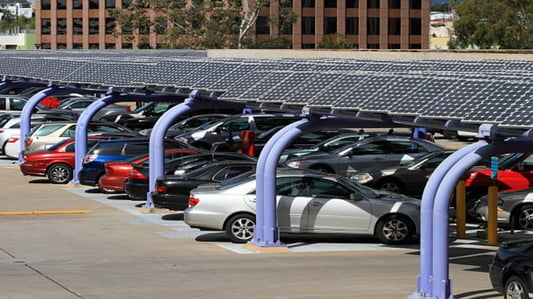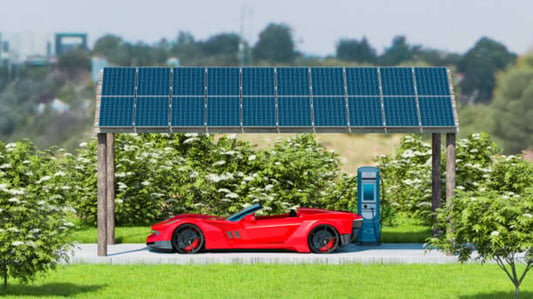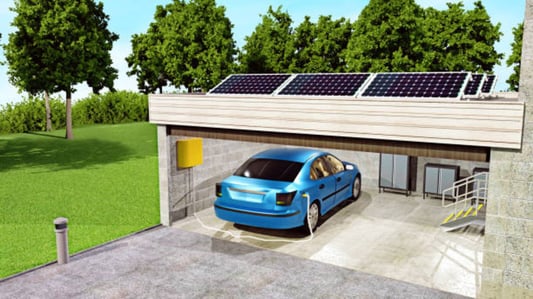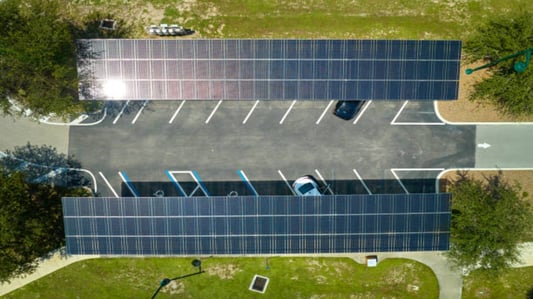The Advantages of High-Capacity Battery Energy Storage SystemsHigh-capacity battery energy storage systems for commercial use have become increasingly popular due to their ability to store large amounts of energy for later use. These systems provide businesses with the flexibility to store excess energy during off-peak hours and use it during peak times, ultimately helping to reduce electricity costs.How High-Capacity Battery Energy Storage Systems WorkHigh-capacity battery energy storage systems work by storing electricity in rechargeable batteries, which can then be discharged when needed. These systems are typically connected to a power source, such as solar panels or the grid, and can provide backup power in case of outages.The Importance of High-Capacity Battery Energy Storage Systems in Commercial SettingsIn commercial settings, high-capacity battery energy storage systems play a crucial role in ensuring a reliable and uninterrupted power supply. These systems can help businesses avoid costly downtime and reduce their dependence on traditional power sources.Key Features to Look for in High-Capacity Battery Energy Storage SystemsWhen choosing a High-capacity battery energy storage system for commercial use, it's important to consider key features such as storage capacity, efficiency, safety features, and scalability. Businesses should also evaluate the system's compatibility with their existing power infrastructure.The Environmental Benefits of High-Capacity Battery Energy Storage SystemsHigh-capacity battery energy storage systems are not only beneficial for businesses in terms of cost savings and reliability, but they also contribute to environmental sustainability. By storing excess renewable energy, these systems help reduce greenhouse gas emissions and promote a cleaner energy future.Common Applications of High-Capacity Battery Energy Storage Systems in Commercial SettingsHigh-capacity battery energy storage systems are used in a variety of commercial applications, including peak shaving, load shifting, renewable energy integration, and backup power. These systems are versatile and can be customized to meet the specific needs of different businesses.Challenges and Limitations of High-Capacity Battery Energy Storage SystemsDespite their many benefits, high-capacity battery energy storage systems face challenges such as high upfront costs, limited energy density, and potential safety concerns. Businesses should carefully evaluate these factors before investing in a system.Considerations for Installing High-Capacity Battery Energy Storage SystemsBefore installing a high-capacity battery energy storage system in a commercial setting, businesses should consider factors such as space requirements, regulatory requirements, maintenance needs, and potential return on investment. Working with a reputable provider can help ensure a successful installation process.The Future of High-Capacity Battery Energy Storage SystemsAs technology continues to advance, high-capacity battery energy storage systems are expected to become more efficient, affordable, and widely adopted in commercial settings. These systems will play a crucial role in the transition to a more sustainable and resilient energy infrastructure.Choosing the Right High-Capacity Battery Energy Storage System for Your BusinessWhen selecting a high-capacity battery energy storage system for commercial use, it's important to conduct thorough research, seek expert advice, and assess your business's specific energy needs. By choosing the right system, businesses can benefit from improved energy efficiency, cost savings, and environmental sustainability.Quote InquiryContact us!


